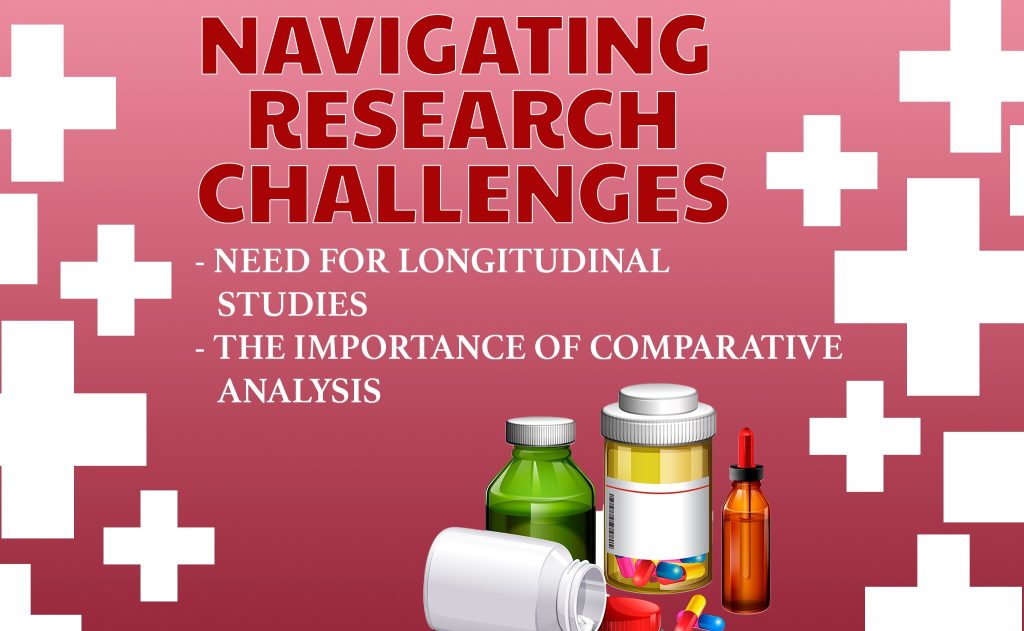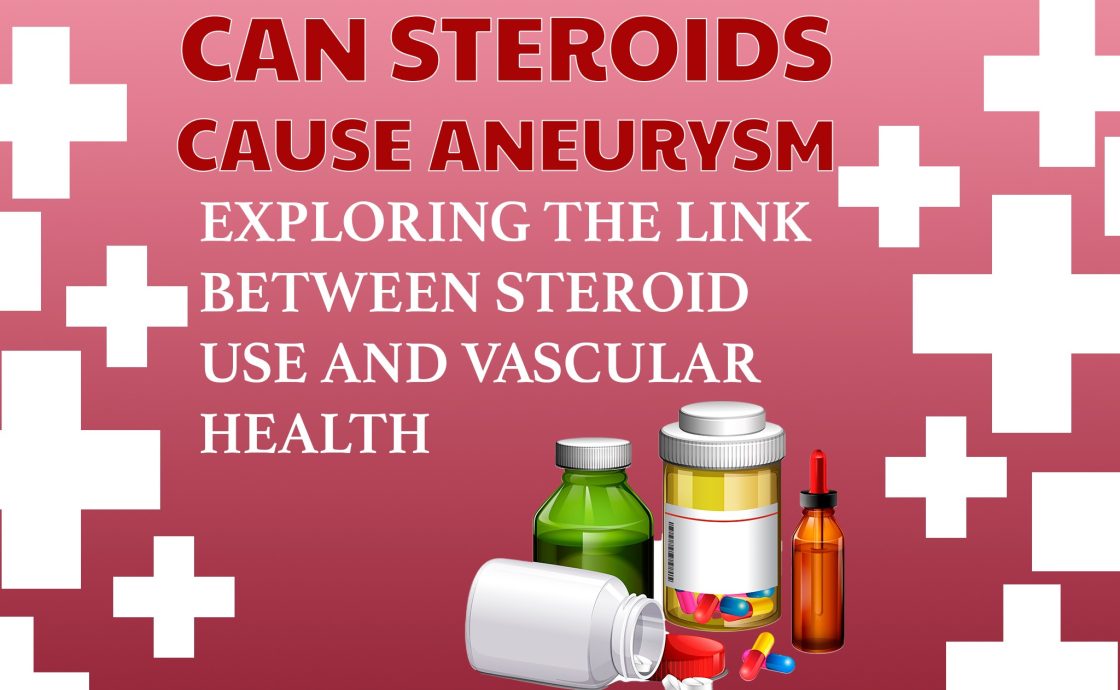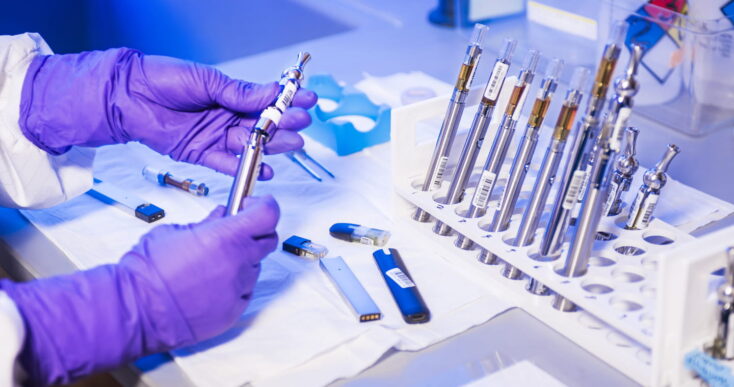If an aneurysm bursts, it could have disastrous effects on one’s health since it is a localized arterial enlargement brought on by weakened artery wall tissue. With the widespread use of steroids, both in medical settings and in bodybuilding, concerns about their potential side effects are ever-present. This exploration focuses on the relationship between steroid use and the increased risk of aneurysms, aiming to provide a clear picture based on current research and expert insights.
Understanding Steroids and Their Common Uses
Anabolic-androgenic steroids (AAS), the synthetic offsprings of testosterone, play a significant role both within and beyond sports and fitness. Their main attraction is that they can improve physical attractiveness and muscle strength, which is why bodybuilders and sportsmen like them. Nevertheless, their usefulness extends beyond improving athletic performance; they also have important medicinal uses. Here, we take a closer look at these elements in an effort to present a thorough knowledge of these materials and their various uses.
Enhancing Physical Performance and Appearance
- Muscle Growth and Recovery: AAS facilitate an increase in muscle mass by enhancing the process of protein synthesis and reducing the time required for muscle recovery after intense physical exertion. This attribute makes them particularly appealing to those seeking rapid improvements in muscle size and strength.
- Increased Stamina and Performance: These drugs can boost oxygen transport to muscles and improve the body’s capacity to manufacture and use red blood cells, which can improve stamina and overall performance during intense exercise.
- Body Composition Changes: Another significant use of these substances is in body sculpting, where they assist in reducing body fat levels while simultaneously increasing lean muscle mass, leading to more defined and toned physical contours.
Medical Applications of Anabolic-Androgenic Steroids
- Treatment of Muscle Wasting Diseases: Conditions such as HIV/AIDS and certain types of cancer can lead to severe muscle wasting. AAS is often prescribed in these cases to help patients regain lost muscle tissue and improve their quality of life.
- Management of Certain Types of Anemia: Certain types of anemia can be effectively treated with AAS because of its capacity to increase red blood cell synthesis, which helps to reduce symptoms like weakness and exhaustion.
- Delayed Puberty in Adolescents: Some adolescents experience delayed puberty, which can be distressing and impact their physical and psychological development. Doctors may prescribe AAS in controlled doses to stimulate the onset of puberty, helping these individuals to undergo the natural developmental changes that accompany this life stage.
The Pathophysiology of Aneurysms
The development of an aneurysm, a complex and potentially life-threatening condition, demands a comprehensive exploration of its pathophysiology. This entails a closer look at how certain factors, including hereditary elements, lifestyle choices, and substance use, contribute to the weakening of arterial walls. Here, we delve into the specifics of how aneurysms form and the role various influences play in this process.
Mechanisms Behind Aneurysm Development
- Arterial Wall Weakening: At the core of an aneurysm’s development is the weakening of the arterial wall. This weakening can be due to degenerative diseases, infections, or inherited conditions that affect the structural integrity of the blood vessel.
- Chronic Hypertension: Elevated blood pressure, sustained over long periods, exerts excessive force against the vascular walls. Over time, this persistent pressure can lead to the formation of an aneurysm by pushing out the weakened sections of the vessel.
- Arterial Wall Inflammation: Inflammatory processes within the body can directly impact arterial walls, leading to damage and weakening. Conditions such as vasculitis, where the body’s immune system attacks its own blood vessels, significantly contribute to this aspect.
- Arteriosclerosis: The hardening of arteries due to the accumulation of plaques narrows the blood passages and can increase blood pressure locally. This not only escalates the risk of rupture in already weakened areas but can also serve as a catalyst for aneurysm formation.
Genetic Influences and Aneurysms
- Hereditary Factors: Certain genetic conditions predispose individuals to the weakening of arterial walls. Diseases like Marfan syndrome and Ehlers-Danlos syndrome are known for their cardiovascular complications, including an increased likelihood of developing aneurysms.
- Family History: Even in the absence of a well-defined genetic disorder, a family history of aneurysms significantly raises an individual’s risk, suggesting an inherited weakness in arterial structure or response to environmental stressors.
Lifestyle and Environmental Factors
- Tobacco Use: Smoking is perhaps one of the most significant risk factors for aneurysm development. It contributes to both arterial weakening and hypertension, creating a potent risk environment for aneurysms.
- Substance Abuse: The use of certain substances, including cocaine and amphetamines, has been linked to aneurysm formation due to their effects on blood pressure and arterial integrity.
- Impact of Steroids: Anabolic agents can indirectly contribute to aneurysm formation through their effects on blood pressure and cholesterol. These substances not only exacerbate existing cardiovascular issues but also initiate processes leading to arterial weakening.
Evaluating the Link Between Steroid Use and Aneurysm Risk
The relationship between the use of anabolic agents and the development of aneurysms presents a complex puzzle for the medical community. With clinical evidence being somewhat limited, an examination of existing research findings and case reports is imperative for understanding the nuances of this association.
Case Reports and Observational Studies
- Case Study Insights: Several documented cases have highlighted individuals who, after extensive use of anabolic substances, experienced vascular complications resembling or directly involving aneurysms. These anecdotal evidence, while not conclusive on their own, suggest a potential link that warrants further investigation.
- Observational Study Findings: Observational research, though faced with limitations in establishing causality, has occasionally identified a pattern where long-term users of anabolic substances exhibit a higher propensity for developing cardiovascular complications, including aneurysms. These studies often account for multiple parameters, attempting to control for lifestyle and other variables.
Disentangling Confounding Variables
- Lifestyle and Concurrent Substance Use: Many individuals who engage in the use of anabolic agents for performance enhancement also partake in rigorous physical training and might use other substances, both legal and illegal. This overlap of risk factors complicates the task of isolating the specific impact of anabolic substances on aneurysm risk.
- The Role of Genetic Predisposition: Adding another layer of complexity is the variability in individual susceptibility to aneurysms. Genetic factors might predispose certain individuals to vascular problems, making it challenging to delineate the effects of lifestyle choices from inherited risks.
Research Methodologies and Limitations
Understanding the intricacies of how anabolic substances might contribute to aneurysm formation necessitates sophisticated research methodologies. The need for more direct clinical evidence calls for a nuanced approach to study design and data interpretation.

Navigating Research Challenges
- Need for Longitudinal Studies: To better assess the long-term impact of anabolic substance use on aneurysm risk, longitudinal studies, which follow participants over extended periods, are needed. These studies can offer important insights into the cumulative effects of risk factors and their time-sensitive nature.
- The Importance of Comparative Analysis: Research that compares the health outcomes of anabolic substance users with matched controls who do not use these substances could offer clearer evidence of their risks. Such comparative analyses can help to isolate the effects of anabolic agents from other variables.
Ethical and Practical Considerations in Research
- Recruitment and Ethics: Recruiting participants for studies involving illegal or potentially harmful substances poses ethical dilemmas. Researchers must navigate these challenges while ensuring the welfare and confidentiality of participants.
- Data Reliability and Reporting Bias: Reliance on self-reported data regarding anabolic substance use can introduce bias and inaccuracies. Efforts to corroborate self-reported information with objective measures, where possible, are essential for enhancing the reliability of research findings.
Identifying Confounding Factors in Aneurysm Risk Among Anabolic Agent Users
In terms of anabolic agent research, accurately evaluating risk factors for health conditions such as aneurysms involves navigating a web of potential confounding variables. These factors, ranging from lifestyle choices to pre-existing health conditions, can obscure the direct effects of anabolic agents on an individual’s cardiovascular system.
Lifestyle Choices and Their Impact
Illicit Drug Use
- The simultaneous consumption of narcotic substances presents a significant challenge in identifying the isolated impacts of anabolic agents. Narcotics can independently contribute to cardiovascular strain, thereby complicating the assessment of any singular substance’s effects.
Nutrition and Supplement Intake
- Nutritional habits and the use of various dietary supplements contribute to an individual’s overall health profile. The unregulated intake of supplements, some of which may have their own cardiovascular implications, makes it difficult to pinpoint the health effects solely attributable to anabolic agents.
Physical Activity
- High-intensity training, common among anabolic agent users, brings its own set of cardiovascular stressors. Determining whether any observed vascular complications arise from excessive physical exertion or from the use of anabolic agents is a complex task.
Pre-existing Health Conditions
Cardiovascular Health
- Pre-existing conditions such as hypertension or hyperlipidemia add layers of complexity to the analysis. These conditions, prevalent in various populations, can both contribute to and be exacerbated by the use of anabolic agents.
Metabolic Syndromes
- Metabolic syndromes encompass a range of disorders that can predispose individuals to cardiovascular events. Anabolic agents may interact with these syndromes in unpredictable ways, further entangling the web of risk factors.
Approaches to Untangle Confounding Variables
Detailed Health Surveys
- Holistic Health Questionnaires
- Developing comprehensive health questionnaires can assist researchers in gathering nuanced data about all variables at play. This includes detailed sections on drug use, dietary habits, and exercise routines.
Innovative Study Designs
- Case-Control Studies
- Employing case-control methodologies where individuals with a similar risk profile but without anabolic agent use are compared to those who use these substances can highlight disparities in health outcomes.
- Cohort Studies
- Longitudinal cohort studies, particularly those that track cardiovascular health over time, are invaluable in dissecting the effects of lifestyle, pre-existing conditions, and anabolic agent use.
Advanced Analytical Techniques
- Machine Learning Algorithms
- Utilizing machine learning to process large datasets can reveal patterns and associations that might remain hidden through conventional analysis. This can include identifying clusters of risk factors that significantly elevate the likelihood of aneurysms.
- Multivariable Regression Analysis
- This statistical method allows researchers to adjust for various confounding variables simultaneously, isolating the impact of anabolic agent use on aneurysm risk among users.
Monitoring and Evaluation
Routine Health Assessments
- Regular Medical Check-ups
- Encouraging individuals who use anabolic agents to undergo frequent cardiovascular examinations can help in the early detection of potential risks and in monitoring the interplay of anabolic agent use with other lifestyle factors.
- Feedback Mechanisms
- Implementing feedback loops where individuals can report adverse health events in real time contributes to a dataset that is rich with longitudinal health information, aiding in ongoing research efforts.
Recommendations for Steroid Users Concerned About Aneurysm Risk
For those using or considering the use of anabolic steroids, here are some precautionary measures:
- Regular monitoring: Regular check-ups can help catch early signs of vascular complications. Blood pressure and cholesterol levels should be monitored frequently.
- Lifestyle adjustments: Maintaining a healthy diet, engaging in regular cardiovascular exercise, and avoiding smoking can mitigate some of the vascular risks associated with steroid use.
- Controlled use under supervision: Using steroids under medical supervision, including adhering to recommended dosages, can reduce the risk of adverse effects.
Assessing the Risk: Can Steroids Cause Aneurysm?
Anabolic agents are known to influence blood pressure, cholesterol levels, and the overall integrity of the vascular system. These changes can contribute to the formation of aneurysms. While individual case studies and observational research suggest a link between long-term or intensive use of these agents and aneurysms, a cause-and-effect relationship has yet to be firmly established through large-scale, conclusive studies.
Those who use or consider the use of anabolic substances should be cognizant of the cardiovascular strain associated with these compounds. The recognized escalation in blood pressure and potential for vascular damage underscore the importance of monitoring and proactive health management.
Ongoing explorations into the association between anabolic substance use and vascular health continue to be an important aspect of medical research. As the community strives for precision medicine, the quest for clear, factual relationships between specific drug usage and health outcomes remains a vital endeavor, ultimately aimed at informing and protecting those at risk.



